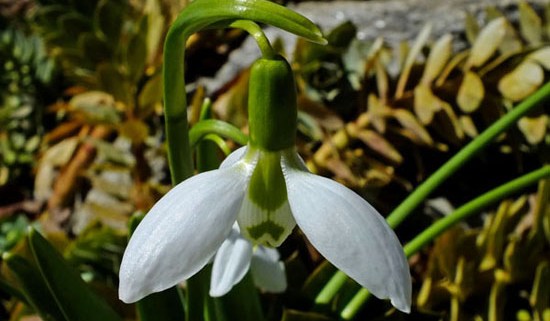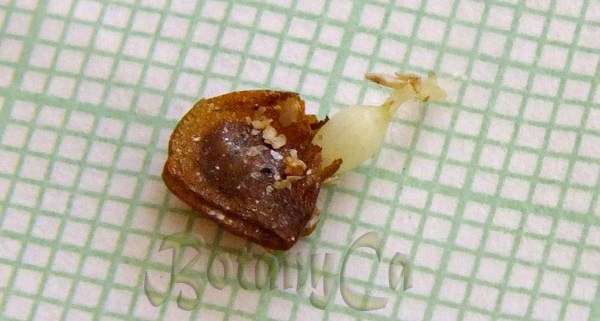Chimaphila from Greek: cheimon – winter, philein – to love
Pipsissewa from Cree language, meaning ‘it breaks into small pieces’
As we start looking towards the New Year, another thing becomes more obvious for those living in the northern hemisphere: winter has settled in! You absolutely have to love it; or you’ll be miserably dragging over 3+ months of hating it. Choose for yourself… Myself, I can’t wait to start new seeds experiments and to write more about the plants I love. Here’s the first one to put you in the mood of winter love ;)
Chimaphila umbellata (Pipsissewa, Prince’s pine) is another species about which I developed a mild obsession to propagate from seeds. It has showy, leathery, evergreen foliage, equally interesting pink, fragrant flowers and it grows in shady places (it has a taste for a slightly acidic soils). It would look great at the edge of the woodland garden or on the shaded side of a rockery. The dry capsules are also very ornamental and last into the next season; they contain lots of tiny, dust-like seeds (much like the Cypripediums) which are released easily when mature. The best time to try to collect them is in late fall.
The species is morphologically variable across its native range. Five or six subspecies have been recognized in the literature, depending on what source you look at; for example, the one from Ontario would be C. umbellata subsp. cisatlantica – it never gets easy…
Only the difficult propagation made it virtually non-existent in cultivation. According to some sources, Pipsissewa is a partial myco-heterotrophic plant, which means that it obtains a portion of its nutrients from parasitizing fungi that are part of mycorrhizal associations of other plants. It also forms its own mycorrhizal symbiosis with fungi. Kind of complicated…
Reportedly, it can be propagated from cuttings and from rhizome fragments but not very successfully (I presume, otherwise we would have seen it in cultivation). I don’t have the conditions to try rooting cuttings and don’t feel like uprooting plants to take rhizomes, so I’ll stick with seed germination trial-outs. Others have tried with some success stratification of fresh seeds in a mix inoculated with local soil, and the fine size of the seeds suggests that it might be a light sensitive germinator. We’ll see how it goes…(not good until now).

Chimaphila umbellata seeds
Interested in medicinal plants? – read more
Pipsissewa was and still is valued for its medicinal properties. Native People used it in their traditional medicine mainly for treating rheumatism, as well as for kidney, liver disorders (leaves), and other ailments. Scientific research has confirmed its pharmacological qualities a long time ago, and the modern therapeutic use of C. umbellata reflects the traditional indications. In short, it can be used like Arctostaphyllos uva-ursi, but its active components are more potent.
Today it is utilized in small scale modern herbal medicine, but has become the component of a proprietary formula – Eviprostat® largely used in Japan and Europe for the treatment of benign enlargement of the prostate.
If this is good news, the bad is that Chimaphila has been classified as a slow-growing perennial, sensitive to harvesting pressures, ecological disturbances, and foot traffic; also various reports have emphasized that it regenerates too slowly for regular commercial harvesting.

























































































